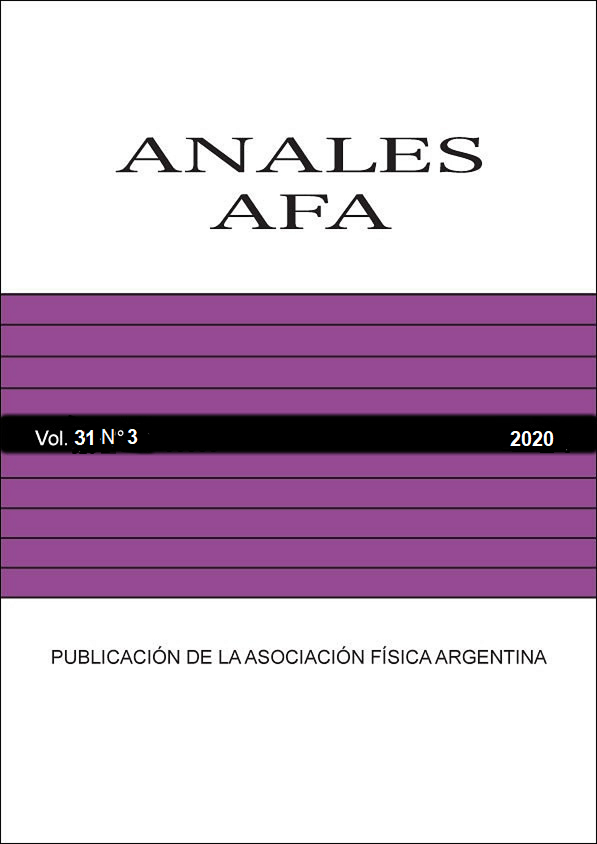PHOTOCATALYTIC ACTIVITY OF HIGH-CONCENTRATION TITANIUM DIOXIDE SLURRIES AT NEUTRAL PH
Abstract
The properties of high-concentration titanium dioxide slurries under UV irradiation were studied for photocatalytic oxidation of contaminants. Commercial nanoparticles of TiO2 (Evonik Aeroxide® P25) at concentrations of 0.5, 1, 1.5, 2 and 2.5 g L−1 were irradiated by a mercury lamp (254 nm). At neutral pH, within the studied concentration range, nanoparticles form agglomerates of tens of micrometers. Their size, measured by optical microscopy, increases linearly with catalyst concentration. The attenuation length of the UV radiation was measured by a spectrophotometer with an integrating sphere. The concentration of the model contaminant (Orange II) was determined by spectrophotometry at intervals of 20 minutes, during the irradiation time (6 hours). The measured values fit satisfactorily to a pseudo first order kinetics. At catalyst concentrations of 1 g L−1 and higher, the kinetic constant is (8.1 ± 0.5)×10−3 min−1 . This is explained by the diminution of the attenuation length and the simultaneous increase of the total exposed surface at higher catalyst concentrations.




